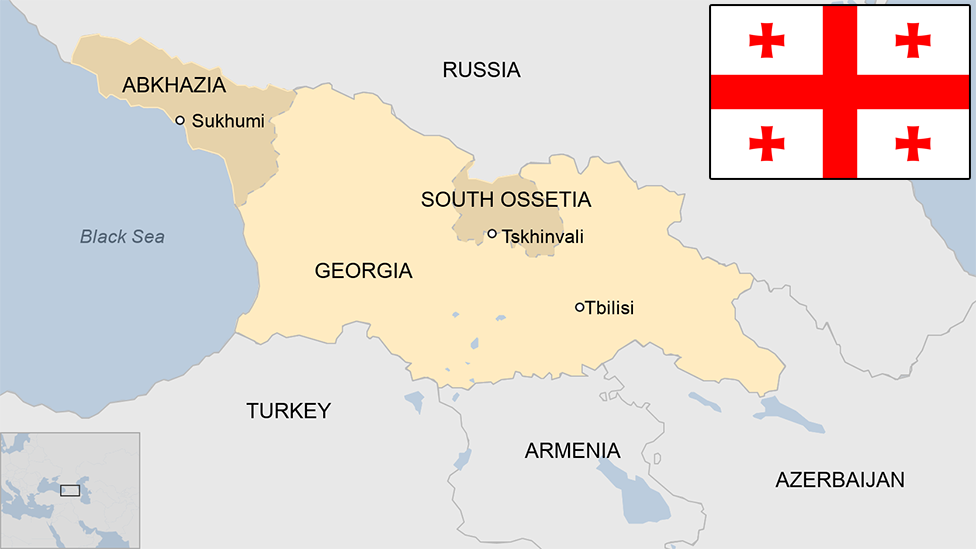Karachay-Cherkessia profile
- Published
This page is no longer being updated. It was last updated on 28 August 2023

The Republic of Karachay-Cherkessia lies in the northwest of Russia's North Caucasus region.
The Karachay and Cherkess are two separate Muslim peoples. The Cherkess are ethnically and culturally related to the Kabarda and Adygey peoples and the Karachay to the Balkars.
The republic is also home to Abazin and Nogay minorities. Ethnic tensions flare sporadically.
Although it has not experienced the levels of violence seen elsewhere in the North Caucasus, the republic lives in the shadow of the troubles which have plagued the region.
Russian forces have mounted numerous security operations and reported foiling intended attacks by Islamist militants.
The region is economically poor.
Read more country profiles, external - Profiles by BBC Monitoring, external
REPUBLIC OF KARACHAY-CHERKESSIA: FACTS
Capital: Cherkessk
Area: 14,277 sq km
Population: 470,000
Languages: Russian, Abaza, Cherkess (Kabardian), Karachay, Nogai
Life expectancy: 69 years (male) 77 (female)
MEDIA
Since Russia invaded Ukraine in 2022, almost all independent media have been banned, blocked or declared "foreign agents" or "undesirable organisations", says the NGO Reporters Without Borders (RSF). All others are subject to military censorship.
Television
Arkhyz24, external - state-owned TV and website
GTRK Karachay-Cherkessia TV - state-owned, broadcasts via Russia TV channel
Online
Caucasian Knot, external - independent regional news website, in Russian and English
Open Caucasus Media, external - English-language independent regional news website
TIMELINE
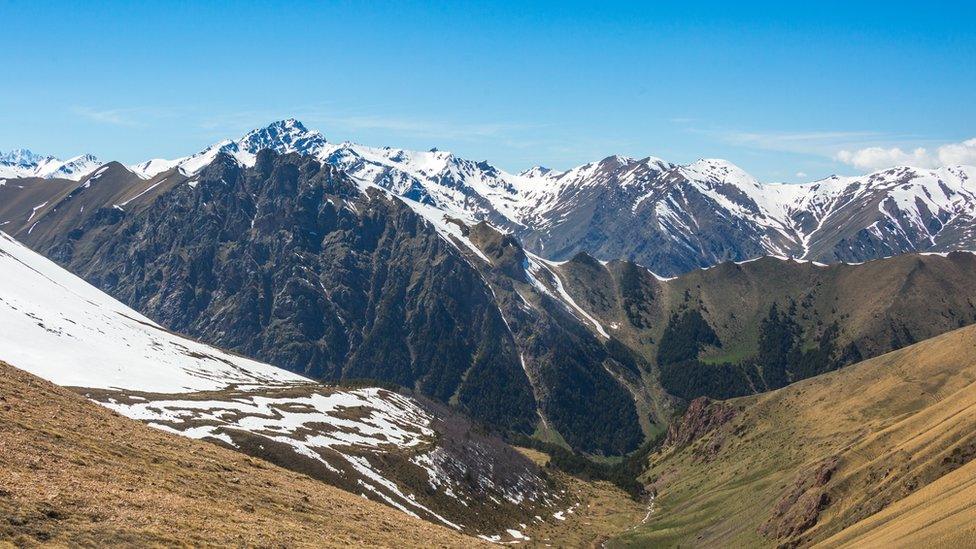
From the lowland steppes in the north, the ground rises to the republic's southern border with Georgia which runs through the Caucasus mountains
Key events in the modern history of Karachay-Cherkessia:
19th Century - The region is absorbed into the expanding Russian Empire.
1922 - The USSR carries out divide-and-rule tactics to weaken resistance to Soviet rule by splitting related groups and joining unrelated ones in shared administrative units. As part of this pattern, the Karachay-Cherkessia autonomous region is first created.
1926 - The region is divided into Karachay and Cherkess halves.
1943 - The Karachay autonomous region is abolished, the Karachay people are accused of collaborating with the invading Nazis and subsequently deported to Central Asia. Of almost 80,000 people deported, over 43,000 die.
1957 - After Stalin's death, Khruschev allows the Karachay to return, and the Karachay-Cherkess autonomous region is recreated.
1992 - Karachay-Cherkessia gains republic status following the collapse of the Soviet Union. Soviet-era Communist leader Vladimir Khubiyev is re-appointed as president by Russian President Boris Yeltsin.
1999 - The republic's first direct presidential elections. Vladimir Semyonov, a Karachay and former commander of Russian ground forces, defeats Stanislav Derev, a Cherkess businessman. The vote is followed by furious protests and allegations of fraud.
2004 - Seven businessmen are killed in controversial circumstances. The former son-in-law of then President Mustafa Batdyyev is later convicted of organizing the murders.
2007 - Russia's FSB security service kills Rustam Ionov, also known as Abu-Bakar, the head of the Karachaevo Jamaat or assembly, along with his wife.
2022 - Russian senator Rauf Arashukov and his father Raul - a local Gazprom official - are given life sentences for the 2010 killings of Fral Shebzukhov, an adviser to the then-president of Karachay-Cherkessia, and youth movement activist Aslan Zhukov. Investigators say the Arashukovs were part of an organized crime network in the republic.
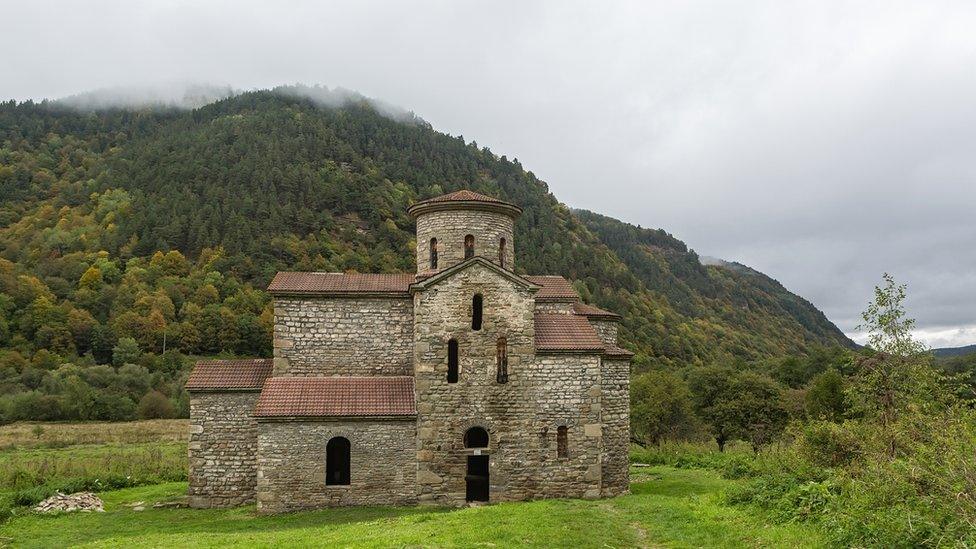
A 10th-Century Alanian church in Karachay-Cherkessia: Alania was a 9th–13th Century kingdom in the Northern Caucasus
- Published25 March 2024
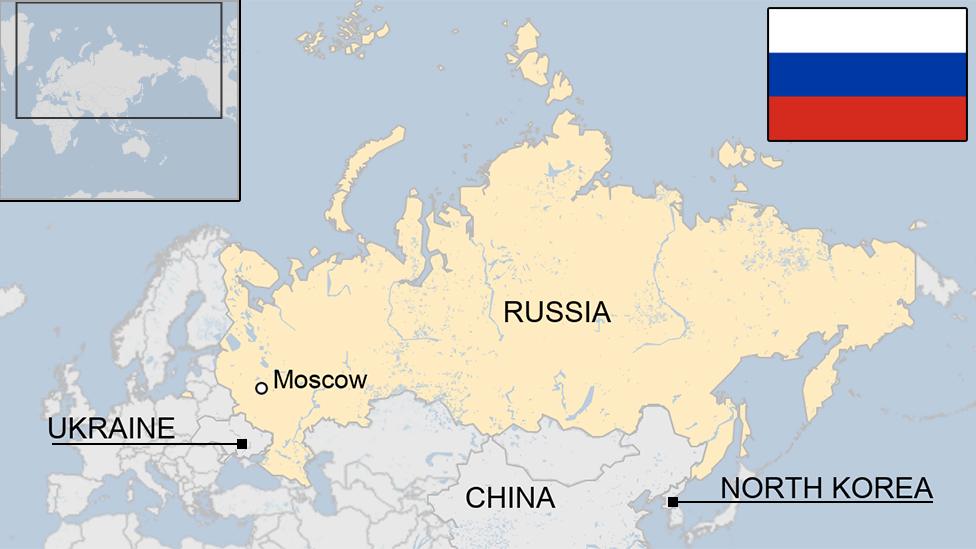
- Published28 August 2023
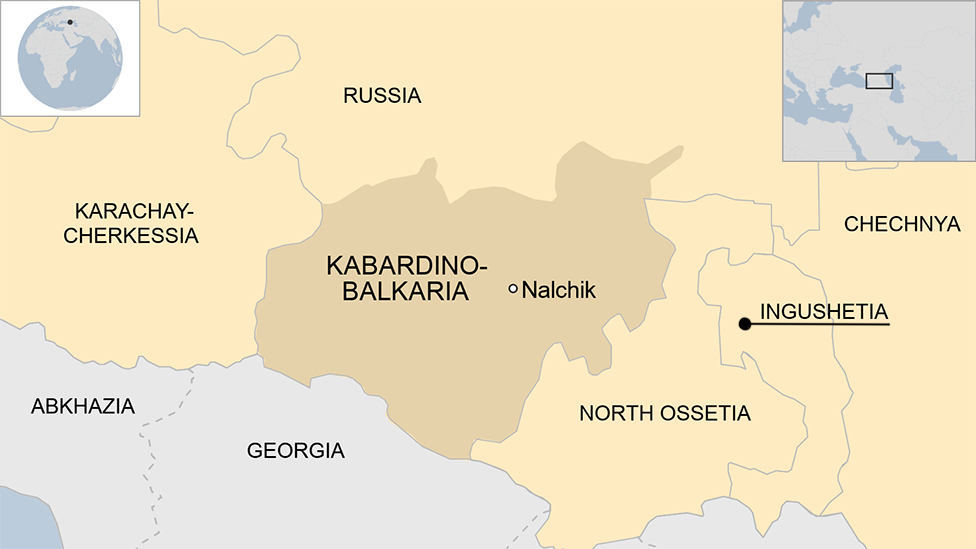
- Published17 October 2024
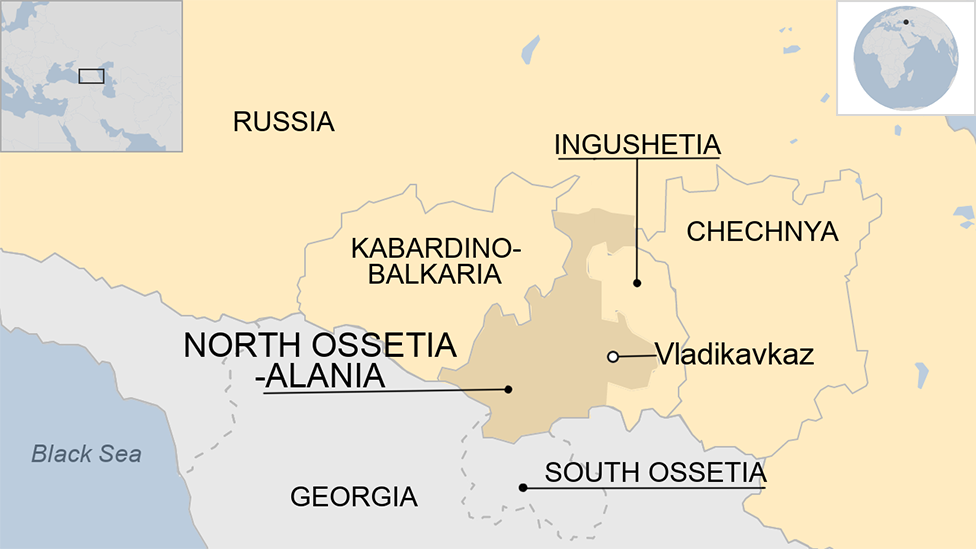
- Published28 August 2023
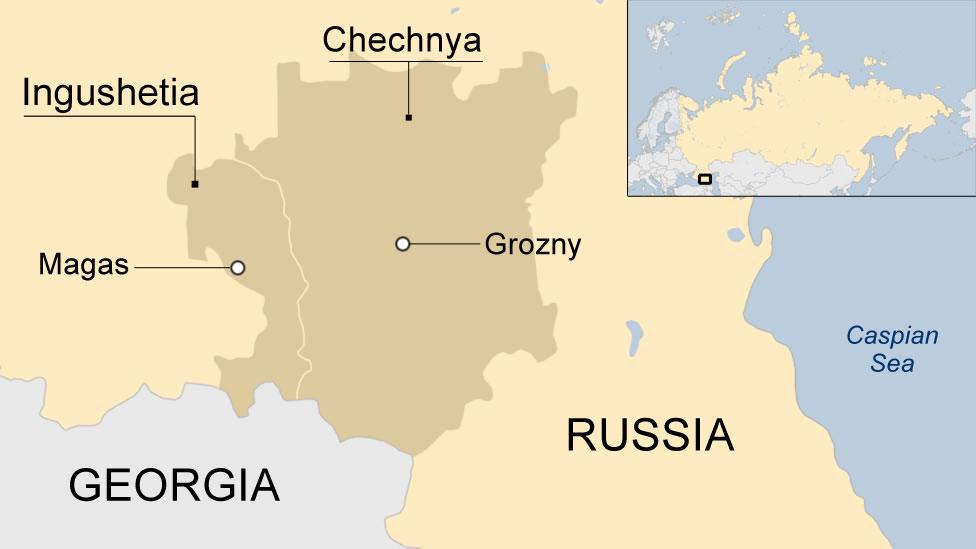
- Published28 August 2023
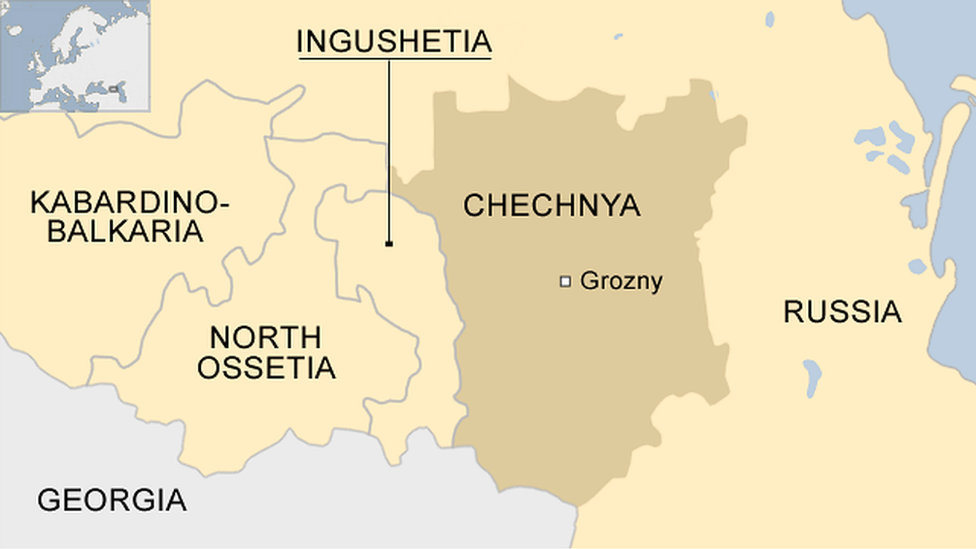
- Published30 October 2023
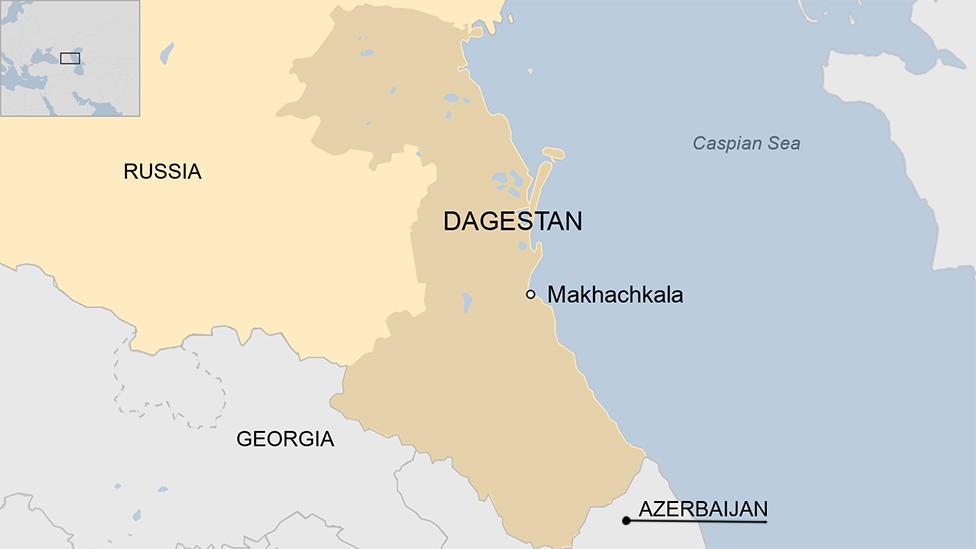
- Published25 October 2024
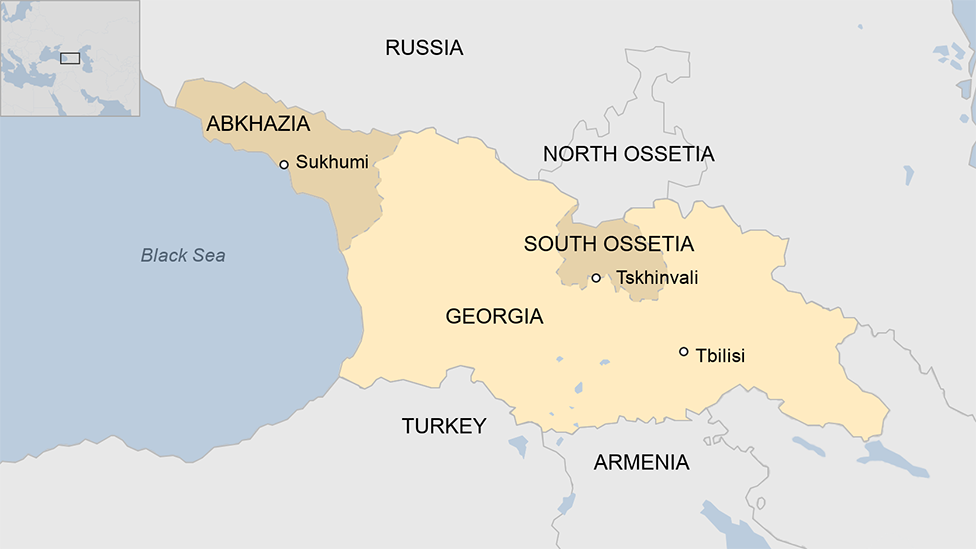
- Published19 November 2024

- Published31 December 2024
